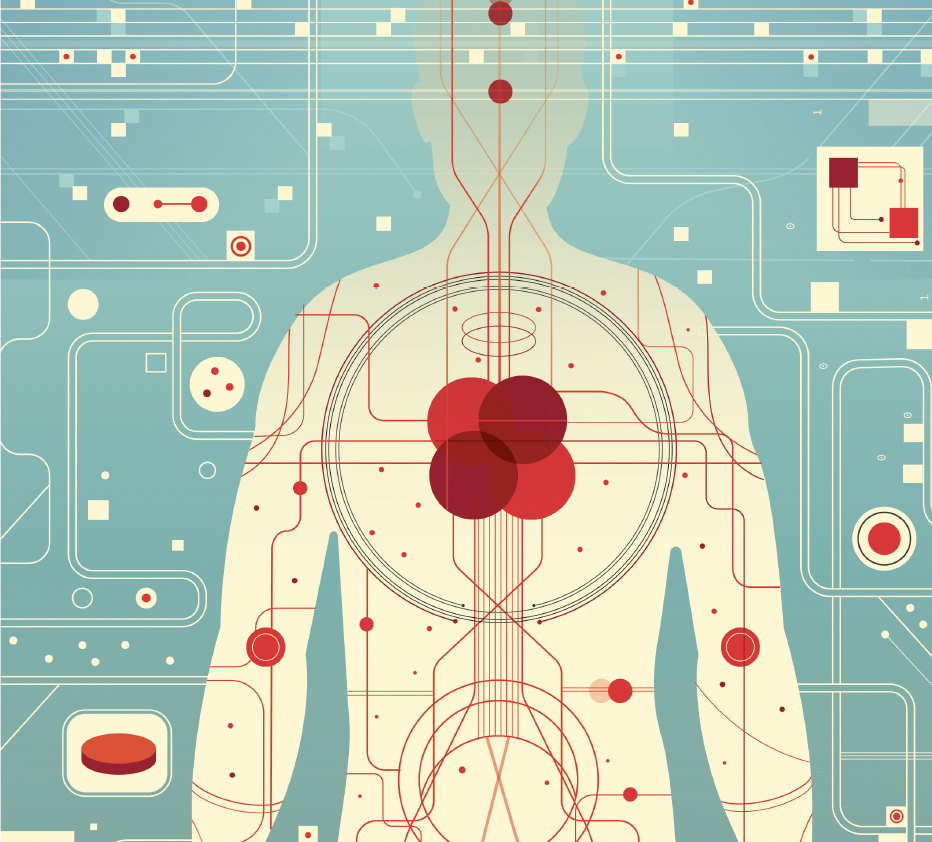
Precision EM: COVID-19 Biobank
Andra Blomkalns, MD, MBA, Chair of Stanford’s Department of Emergency Medicine helped lead the development of one of the first COVID-19 biobanks at an academic institution.
Prasanthi Govindarajan, MD assisted in the creation of the biobank, including collecting COVID-19 samples.
A Race to Research
Steve Jobs famously got his start building computers in his garage. The Stanford Department of Emergency Medicine COVID-19 research got its start under a pink tent in a parking lot behind a Palo Alto office building. Andra Blomkalns, MD, MBA, Chair of Stanford School of Medicine Department of Emergency Medicine shares how rapid efforts to overcome hurdles in the first weeks of the pandemic led to the creation of one of the first COVID-19 biobanks in the country at an academic institution.
Hurdle One: Move quickly
To launch a research effort, it can take eight weeks or more to develop a protocol and receive approval from Stanford’s Institutional Review Board (IRB). The pandemic presented immediate and emergent needs with no time for delay.
Blomkalns: “Sam Yang [associate professor of emergency medicine] put together a research protocol for a broad section of samples for the COVID Biobank and IRB thoroughly reviewed and approved over a weekend, which is impossible! We were able to expedite the effort because there was only a research protocol to review. We didn’t have a grant or a sponsor; the Department of Emergency Medicine paid for it at the outset. We saw it as an urgent obligation to humanity.”
Hurdle Two: Determine how to collect samples
Stanford was one of the first institutions to develop a test for COVID and establish drive-thru testing. However, patients who tested positive but did not require immediate medical care were not permitted back on campus. This presented a challenge: how to collect additional saliva and blood samples?
Blomkalns: “My thinking was, we don’t have a choice. This is a global crisis. I was ready to invite people to my house if we needed a location for research. Fortunately, our director of finance and administration, Stephanie Edelman, found a pink tent for us to use to collect samples in the parking lot behind our administrative office, which wasn’t on campus.
“We would call patients who tested positive and ask if they’d be willing to drive back to our tent to provide samples. So many did because they knew they were contributing to science and helping others.”
“It was a renegade frontier kind of thing. Prasha Govindarajan [associate professor of emergency medicine] and I put together test kits in my office late at night, and overnight Prasha went from researching stroke to collecting samples in the rain in a parking lot.”
Hurdle Three: Find resources
During the first month, Blomkalns faced seemingly insurmountable roadblocks in securing supplies such as collection tubes, swabs, and PPE.
Blomkalns: “It was extremely difficult! I ended up leaning on my relationship with a company I worked with when I had a basic science research lab in Cincinnati to scrounge up swabs, blood collection tubes, and personal protective equipment (PPE), and my contact basically went in the warehouse herself and filled up a big box and sent it. We were also getting PPE donated from outside sources, and I was purchasing supplies such as pulse oximeters, a tabletop centrifuge, and gallons of hand sanitizer with my own credit card off Amazon
“Many of these precious samples have been processed and live in the Stanford biobank repository. The hardest part was setting up a process to secure and appropriately process the samples because different investigators are going to use all the different components of blood samples and each of these components requires different handling. That’s where collaborators like Catherine Blish [associate dean for basic and translational research] and Ruth O’Hara [senior associate dean for research] have been instrumental and very, very supportive. Bonnie Maldonado [professor of pediatrics and of epidemiology and population health] connected us with other resources and trials to participate in even more research.”
Hurdle Four: Evolve
Stanford Emergency Medicine and partners started the collection process in April 2020 for the COVID Biobank, well in advance of similar institutions around the country.
Blomkalns: “Around the same time, outpatient investigators and inpatient critical care staff at Stanford realized that they needed samples for clinical trials, so we kept adding investigators and groups onto the research protocol and expanding sampling.
“This led to the creation of the COVID Biobank Leadership Committee, which continues to meet regularly to make sure we have a repository of COVID samples that can be used across Stanford, and nationally. The samples span the entire duration of the pandemic and include all types of patients ranging from those who didn’t even know they were sick, to those who were dying. This breadth is important; the patients who go home and recover quickly are just as important to our research
“To date, we have samples from over 700 patients in the ED COVID Biobank. That data is driving a lot of important research. And the NIH has funded Stanford Medicine to serve as a co-site for a consortium of 40 institutions across the country to explore post-acute sequelae of COVID. Part of this work will utilize existing samples from the COVID ED Biobank, as well as data from additional tests.”


